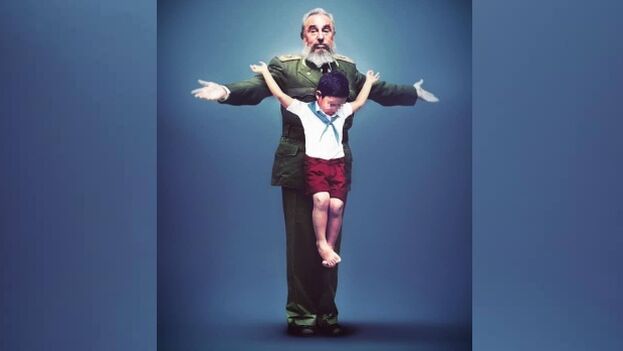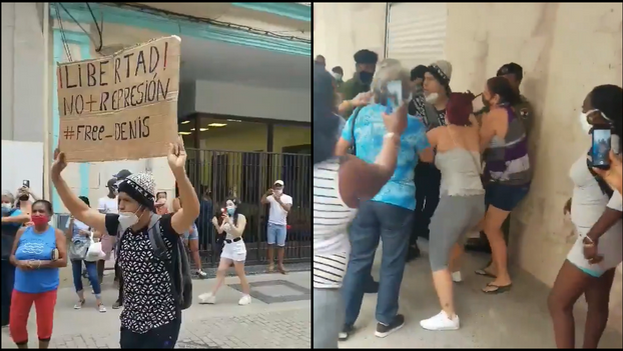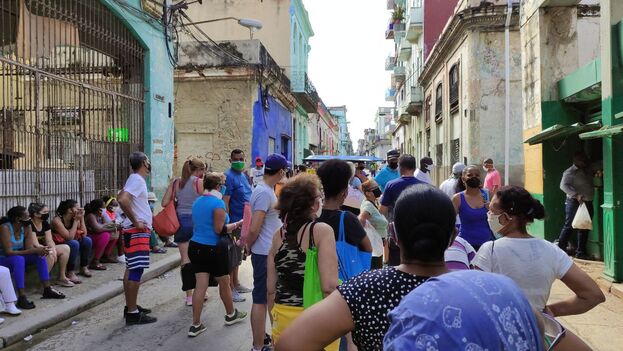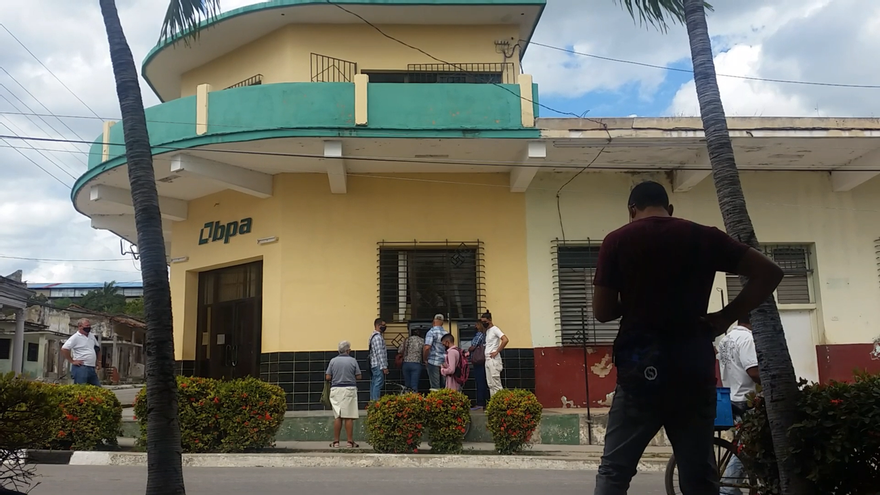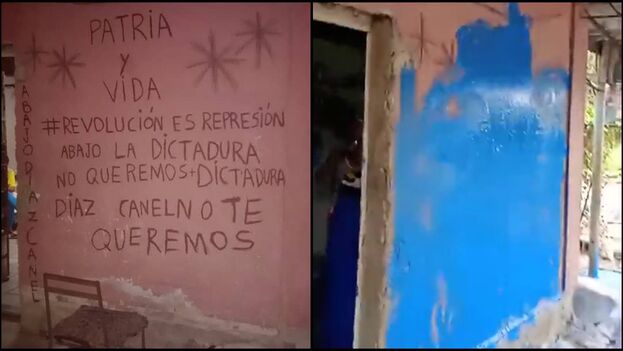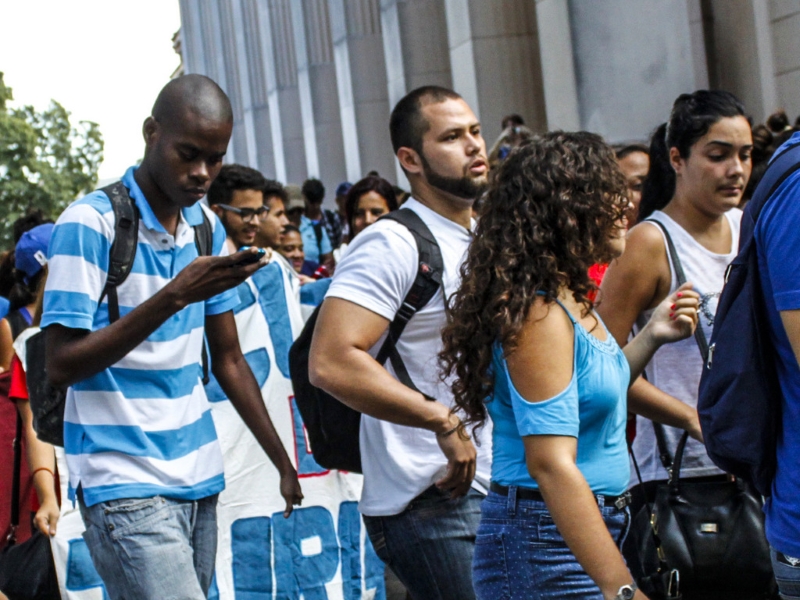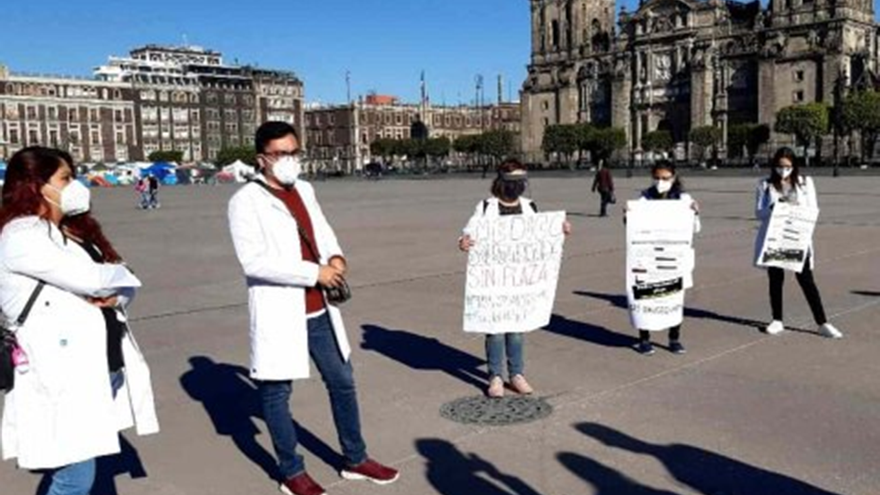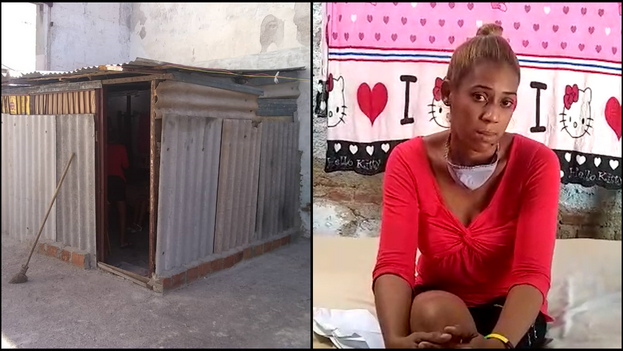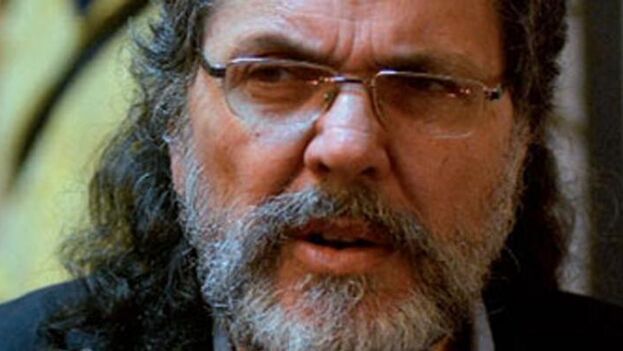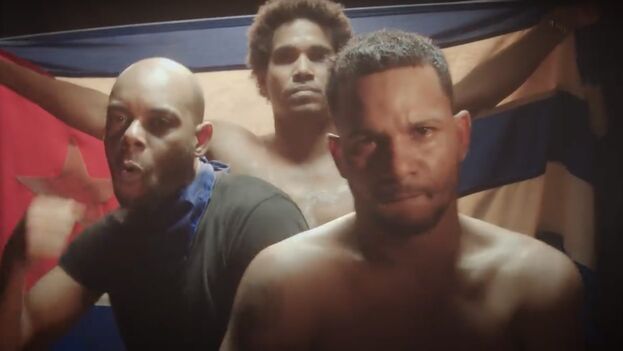
![]() 14ymedio, Havana, 24 February 2021 — Almost four months after his incarceration, no one has been able to see Denis Solís, who is in the Combinado del Este, a maximum security prison in Havana. Laritza Diversent, from Cubalex, and Harold Miñarro, from Defend Venezuela, reported on his situation this Wednesday, at an online press conference called to disseminate the details of the precautionary measure granted by the Inter-American Commission on Human Rights (IACHR) to 20 members of the San Isidro Movement (MSI).
14ymedio, Havana, 24 February 2021 — Almost four months after his incarceration, no one has been able to see Denis Solís, who is in the Combinado del Este, a maximum security prison in Havana. Laritza Diversent, from Cubalex, and Harold Miñarro, from Defend Venezuela, reported on his situation this Wednesday, at an online press conference called to disseminate the details of the precautionary measure granted by the Inter-American Commission on Human Rights (IACHR) to 20 members of the San Isidro Movement (MSI).
The decision, issued on February 11, affects both Denis Solís as well as Luis Manuel Otero Alcántara, Maykel Castillo Osorbo , Iliana Hernández, Anamely Ramos, Oscar Casanella, Katherine Bisquet, Omara Ruiz Urquiola, Adrián Rubio, Jorge Luis Estien, Alfredo Martínez, Amaury Pacheco, Michel Matos, Esteban Rodríguez, Iris Ruiz, Yasser Castellanos, Anyell Valdés, Jorge Luis Capote Arias, Abu Duyanah Tamayo and Osmani Pardo. With the precautionary measure, the IACHR considers that all of them are in a serious and urgent situation of risk of irreparable damage to their rights in Cuba.
It is not known, Miñarro said at the meeting, what the medical situation is of the rebellious rapper, whose arrest gave rise to the hunger strike at the headquarters of the MSI last November and these, in turn, to the protests of hundreds of artists. According to close indications, Solís could be isolated by covid. It is also known that he receives poor nutrition, that he was attacked and threatened by other prisoners. continue reading
Only his uncle, explains Diversent, has been able to go to the prison to bring him essential items, but “they have not allowed him to see him physically.” The authorities now allow Solís to communicate by phone, but the Supreme Court has refused to allow the Havana court in which he was tried in summary proceedings to deliver a copy of the record of the oral trial.
Iris Ruiz, one of the beneficiaries of the precautionary measure, participated in the press conference from Cuba, and trusts that it will help “the Government to promote dialogue.” When they have been repressed and attacked, at some point people may have come to believe that the activists were going against the law, says Ruiz, but the truth is that article 56 of the 2019 Constitution includes the right to demonstrate. “It is the State that impedes the right,” she says, although she is not deceived: “We know that the Government does not respect the precautionary measures, because they have continued with the acts of harassment.”
Laritza Diversent recalls that these actions “did not occur in a single day, but over a long period, some since 2018,” when the San Isidro Movement was created, and are framed “in the context of persecution and attack” on activists and the independent press.
Specifically, they record short-term detentions, between two and 24 hours, “in such a way that criminal proceedings are not opened.” A person can suffer up to five or six arrests in a week, as exemplified by the case of Luis Manuel Otero Alcántara. This is harassment that Iliana Hernández, Anamely Ramos, Oscar Casanella, Omara Ruiz Urquiola and Katherine Bisquet have also suffered.
They also detail the cutting of telephone lines and the internet for activists to prevent them from communicating with the outside.
The precautionary measure, explains Claudia Ordóñez, from Article 19, one of the organizations that together with Cubalex and Defend Venezuela joined the IACHR petition, obliges the Cuban State to “adopt all the necessary measures to protect the right to life and personal integrity.” This includes “refraining” from encouraging or favoring any “situation of risk or vulnerability” against these activists, such as acts of repudiation.
Although it is aware that it is difficult for the Cuban government to comply with this measure, the decision is very important, since “it gives the victims the recognition that their rights were violated.” The right “to disagree.” Thus, Ordóñez explains, the Commission sends a clear message: “Cuba is part of this continent, it is not a separate political-social-economic system, which is not well understood or is not touched because it is the result of a socialist revolution.”
____________
COLLABORATE WITH OUR WORK: The 14ymedio team is committed to practicing serious journalism that reflects Cuba’s reality in all its depth. Thank you for joining us on this long journey. We invite you to continue supporting us by becoming a member of 14ymedio now. Together we can continue transforming journalism in Cuba.


